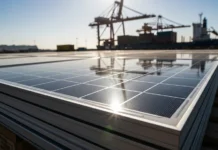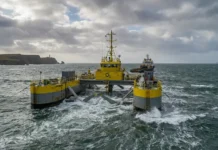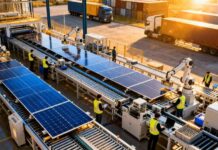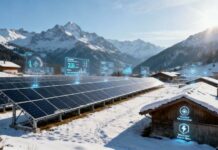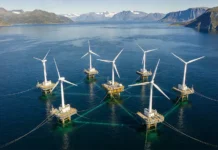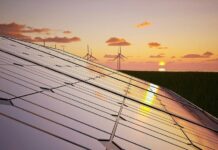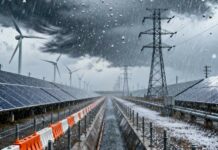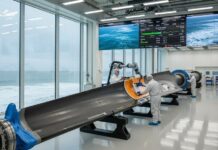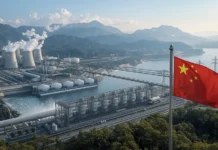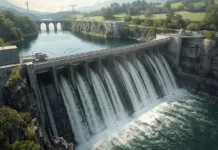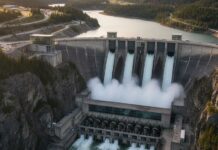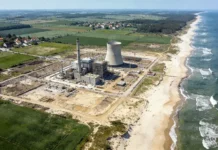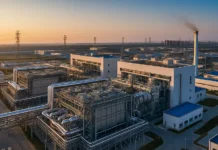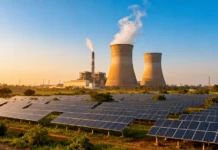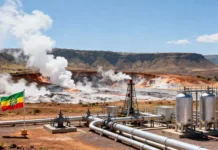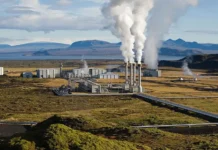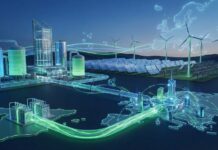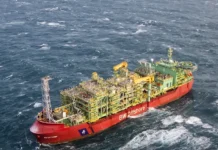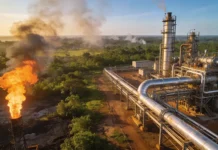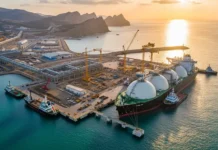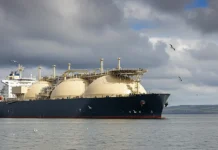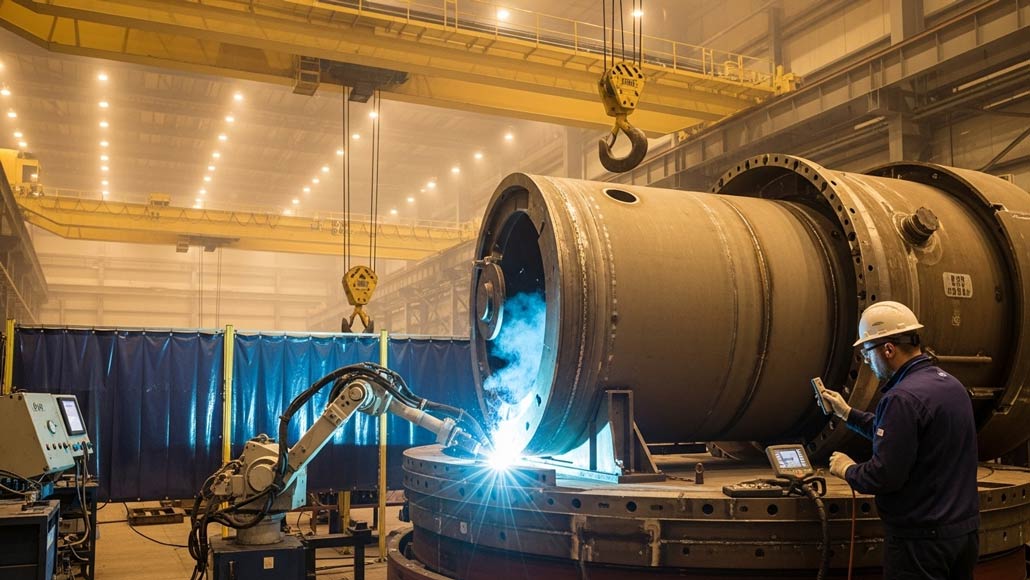Small Modular Reactors (SMRs) represent a transformative advancement in nuclear power engineering, offering unique economic advantages that position them as a promising solution for sustainable energy production in the coming decades. As countries and industries seek reliable, low-carbon energy sources, the economic model underpinning SMRs brings new flexibility and potential cost efficiencies that challenge the traditional paradigm of large-scale nuclear reactors.
Design and Construction: Driving Economic Efficiency
One of the primary economic benefits of Small Modular Reactors lies in their design simplification and modular construction. Unlike conventional large reactors, which require extensive on-site assembly and massive infrastructure, SMRs are engineered with smaller cores and significantly reduced complexities. The modular design means major components can be factory-fabricated and shipped to installation sites, reducing costly and prolonged on-site work. This process not only accelerates construction timelines but also enables quality control improvements and cost predictability through standardized manufacturing practices.
Further, the reduced size of SMRs translates to a smaller physical footprint and decreases the amount of concrete, steel, and other expensive materials needed, which significantly lowers capital expenditures. The streamlined design also incorporates passive safety systems that enhance operational reliability while eliminating or reducing components that add to construction and maintenance costs. Together, these design factors facilitate reduced upfront capital investment, making SMRs more accessible to a broader range of investors, including utilities and governments with more limited financial resources.
Modularity and Investment Flexibility
Small modular reactors offer a new paradigm in financial scalability through their modular construction approach. Instead of investing in a single large and capital-intensive project, investors and utilities can deploy nuclear capacity incrementally by adding multiple SMR units over time to match energy demand growth. This scalability lowers financial risk compared to large reactors, where the entire capital must be committed upfront.
The modular design also provides flexibility in volatile or uncertain markets. If economic or regulatory conditions change, additional SMR units can be deferred or accelerated without impacting previously completed modules. This flexibility contrasts with traditional nuclear plants, where construction delays or cost overruns can have extensive financial repercussions. By enabling phased investments, SMRs open nuclear energy opportunities to regions and markets previously constrained by the scale and financing costs of large nuclear plants.
Moreover, the shorter construction and commissioning cycles of individual SMR modules improve investment certainty and reduce the duration over which capital is tied up, helping to lower financing costs. Investors benefit from faster returns as units come online sooner and generate revenue, compared with multi-year projects required for large reactors.
Market Potential and Competitive Advantages
The economics of small modular reactors also stem from their ability to serve diverse markets and complement renewable energy sources. SMRs are well suited for smaller electrical grids, isolated or remote locations, and industrial applications that do not require the output scale of large nuclear plants. This adaptability creates new revenue streams and market segments for nuclear power, expanding its role as a low-carbon energy source globally.
Furthermore, SMRs integrate well with an energy system where renewables like wind and solar play a growing role but require reliable baseload power to maintain grid stability. Their adjustable scale and deployment flexibility provide utilities with a valuable tool to balance intermittent renewable production, supporting grid resilience without fossil fuel reliance.
As production scales up, serial fabrication and standardization promise further cost reductions aligned with learning curve effects seen in other modular industries. Efficiencies achieved in supply chains and factory manufacturing of SMRs could drive down levelized costs of electricity, potentially positioning SMRs economically competitive with other low-emission technologies over time.
Publicly available projections estimate a meaningful market share for SMRs by 2035, with the potential addition of over 20 GWe globally. This capacity expansion reflects growing confidence in SMR economics as regulatory frameworks mature, and initial commercialization efforts demonstrate project viability.
Enhanced Financing and Risk Mitigation
The smaller size and phased investment model of Small Modular Reactors lower barriers for financing nuclear projects. Since SMRs require less upfront capital compared to gigawatt-scale plants, they attract investors who may have been deterred by the high risk and cost uncertainty of traditional nuclear builds. The ability to start smaller also aligns better with municipal utilities, regional agencies, and private developers who prefer manageable financial exposure.
Risk mitigation is further supported by advancements in SMR design standardization and regulatory harmonization efforts across markets. Consistent safety and licensing frameworks enable producers to replicate designs efficiently, reducing time and cost associated with bespoke regulatory approvals. This standardization fosters investor confidence by improving construction predictability and reducing the risk of costly delays or changes.
Furthermore, operating experience from naval and research reactors, which are often smaller scale and modular by nature, provides a foundation of engineering expertise that contributes to lowering technology risks for SMRs relative to first-of-a-kind large reactors.
Economic Role in Decarbonization and Industrial Innovation
Small modular reactors hold a vital economic role beyond electricity generation. Their flexibility and scalable output offer an attractive solution for providing process heat and hydrogen production feedstocks in industrial applications. By replacing fossil fuel-dependent heat sources with nuclear-powered alternatives, SMRs can contribute to decarbonizing energy-intensive sectors while creating new economic opportunities in hydrogen economies and synthetic fuel production.
The ability of SMRs to operate in isolated or off-grid locations also enables economic development in regions lacking traditional energy infrastructure. Reliable nuclear power through SMRs promotes industrial growth, creates jobs, and stabilizes energy costs in such areas, contributing positively to local economies.
Through these avenues, Small Modular Reactors are poised to become key drivers of economic growth aligned with environmental goals, helping to achieve global climate targets without sacrificing energy security or industrial competitiveness.
Conclusion
The economics of Small Modular Reactors in nuclear power are shaped by their innovative design, modular construction, and investment flexibility, collectively enabling a new model for cost-effective and scalable nuclear energy deployment. By reducing capital costs, accelerating timelines, and offering adaptable investment options, SMRs overcome many traditional economic barriers linked to nuclear power. Their market potential spans diverse applications and complements renewable technologies, reinforcing their role in the clean energy transition. As global demand for reliable, low-carbon power grows, Small Modular Reactors are set to play an increasingly important economic and strategic role in energy systems worldwide. These characteristics make SMRs a compelling option for investors, policymakers, and industries seeking sustainable and economically viable nuclear power solutions.



